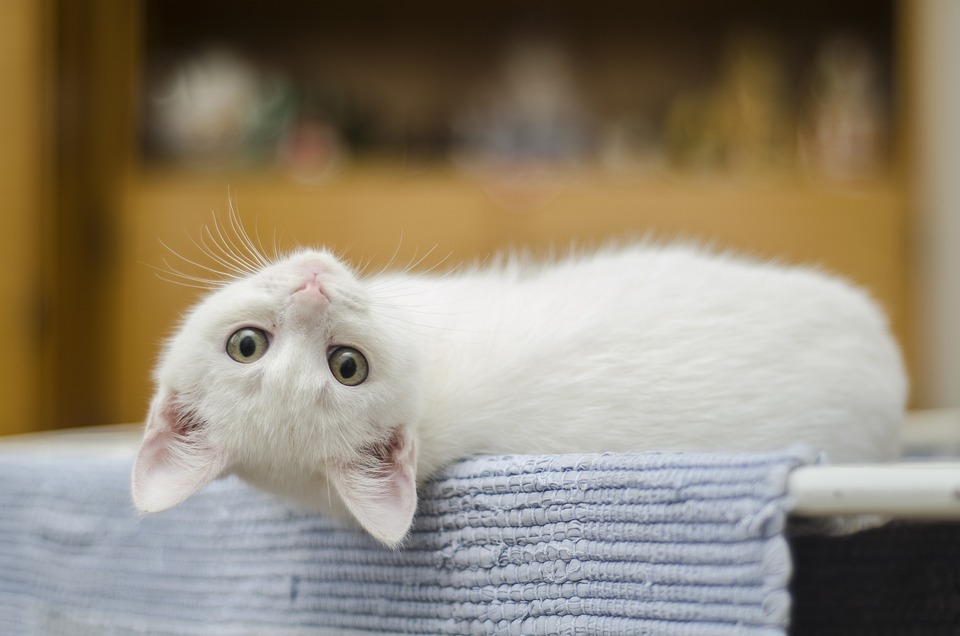Cats are known for their independent nature, but when it comes to dental care, they rely on their owners for assistance. Just like humans, cats can develop a range of dental issues that can cause discomfort and lead to more serious health problems if left untreated. As a responsible cat owner, it is crucial to understand these common dental issues and learn how to manage them effectively.
One of the most prevalent dental issues in cats is dental disease. This encompasses a variety of conditions that affect the teeth and gums. Dental disease in cats can be caused by factors such as poor oral hygiene, genetics, diet, and age. Common signs and symptoms of dental disease include bad breath, swollen or bleeding gums, difficulty eating, and loose or missing teeth.
A specific type of dental disease that cats are prone to is periodontal disease. This condition occurs when plaque and tartar build up on the teeth, leading to inflammation and infection of the gums. If left untreated, periodontal disease can progress to more severe stages, causing bone and tooth loss. Regular dental cleanings and proper oral hygiene at home are essential for preventing and managing periodontal disease in cats.
Dental plaque and tartar are the culprits behind many dental issues in cats. Plaque is a sticky film that forms on the teeth, consisting of bacteria, food particles, and saliva. Over time, plaque hardens and turns into tartar, which cannot be removed by brushing alone. Plaque and tartar can contribute to the development of dental disease, including periodontal disease. Regular brushing, dental diets, and dental treats can help prevent plaque and tartar buildup in cats.
Gingivitis, inflammation of the gums, is another common dental issue in cats. It is often caused by plaque and tartar buildup, but other factors such as viral or bacterial infections can also contribute to its development. Recognizing the signs of gingivitis, such as red, swollen, or bleeding gums, is important for early intervention. Treatment for gingivitis may involve professional dental cleaning, antibiotics, and improved oral hygiene practices.
Tooth resorption is a painful affliction that affects many cats. It occurs when the structures of the teeth are destroyed, leading to the exposure of nerve endings. Signs of tooth resorption include tooth sensitivity, difficulty eating, drooling, and pawing at the mouth. Treatment options for tooth resorption may include extraction of the affected teeth and pain management.
Oral infections are a hidden danger that can cause serious health problems in cats. Common oral infections include stomatitis, periodontal abscesses, and oral tumors. Identifying the signs of oral infections, such as excessive drooling, difficulty swallowing, and swelling in the mouth, is crucial for prompt treatment. Antibiotics, pain management, and, in some cases, surgical intervention may be necessary to treat oral infections in cats.
Managing dental issues in cats requires a proactive approach from cat owners. Regular dental examinations by a veterinarian are essential for early detection and treatment of dental problems. Additionally, practicing good dental hygiene at home is crucial. This includes brushing your cat’s teeth regularly using a pet-safe toothpaste, dental diets and treats, and providing dental toys for your cat to chew on. Professional dental cleanings may also be necessary to remove stubborn plaque and tartar.
To help cat owners further understand and manage common dental issues, here are some frequently asked questions:
Q1: How often should I have my cat’s teeth examined by a veterinarian?
A1: It is recommended to have your cat’s teeth examined by a veterinarian at least once a year. However, some cats may require more frequent dental check-ups depending on their individual needs.
Q2: Can I use human toothpaste to brush my cat’s teeth?
A2: No, human toothpaste should never be used on cats. It contains ingredients that can be toxic to them. Use a pet-safe toothpaste that is specifically formulated for cats.
Q3: Are there any home remedies to prevent dental disease in cats?
A3: While there are no substitutes for professional dental care, there are some home remedies that can help maintain your cat’s oral health. These include providing dental chews or toys, incorporating dental diets into their food, and regularly brushing their teeth.
Q4: My cat refuses to let me brush their teeth. What should I do?
A4: Some cats may be resistant to tooth brushing. Start by introducing them to the process gradually, using a finger brush or gauze pad. Reward them with treats and praise for their cooperation. If brushing is still not possible, consult with your veterinarian for alternative options.
Q5: How can I tell if my cat is experiencing dental pain?
A5: Cats may exhibit signs of dental pain such as decreased appetite, difficulty eating, drooling, pawing at the mouth, and behavioral changes. If you suspect your cat is in pain, it is best to consult with a veterinarian for a proper diagnosis and treatment.
Q6: Is anesthesia necessary for professional dental cleanings in cats?
A6: Yes, anesthesia is typically necessary for thorough and safe dental cleanings in cats. It allows the veterinarian to clean below the gumline and perform any necessary dental procedures without causing discomfort or stress to the cat.
By understanding and addressing common dental issues in cats, you can ensure that your feline companion maintains a healthy mouth and overall wellbeing. Regular dental care and preventive measures are key to keeping your cat’s teeth and gums in optimal condition. Remember, good oral health is essential for a happy and healthy cat!








